Citizenship British Role Astronomer | Name Chandra Wickramasinghe | |
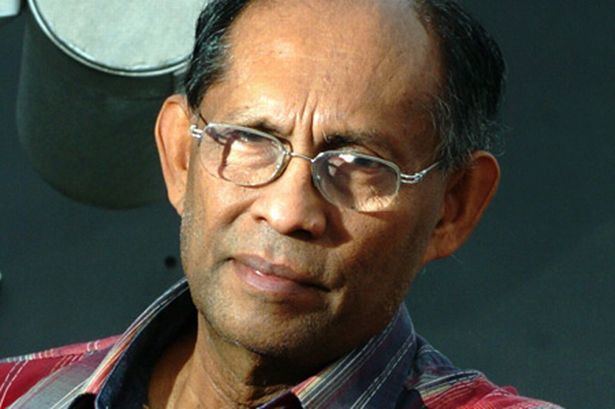 | ||
Institutions Cambridge UniversityUniversity College CardiffUniversity of CardiffUniversity of Buckingham Alma mater Royal College, ColomboUniversity of Ceylon (BSc)Cambridge University (PhD, ScD) Books Evolution from Space, The Search for Our Cosmic A, Cosmic Dragons: Life and, Comets and the Origin of, Life on Earth Came fro Similar People Fred Hoyle, Jayant Narlikar, Geoffrey Burbidge, Daisaku Ikeda | ||
Life is a cosmic phenomenon - Exclusive interview with Prof. Chandra Wickramasinghe
Nalin Chandra Wickramasinghe (born 20 January 1939) is a Sri Lankan-born British mathematician, astronomer and astrobiologist. His research interests include the interstellar medium, infrared astronomy, light scattering theory, applications of solid-state physics to astronomy, the early Solar System, comets, astrochemistry, the origin of life and astrobiology. A student and collaborator of Fred Hoyle, the pair worked jointly for over 40 years as influential proponents of panspermia. In 1974 they proposed the hypothesis that some dust in interstellar space was largely organic.
Contents
- Life is a cosmic phenomenon Exclusive interview with Prof Chandra Wickramasinghe
- Ada Derana Sri Lankan of the Year 2017 Global Scientist Prof Chandra Wickramasinghe
- Education and career
- Research
- Organic molecules in space
- HoyleWickramasinghe model of panspermia
- Detection of living cells in the stratosphere
- Extraterrestrial pathogens
- Polonnaruwa
- Participation in the creation evolution debate
- Honours and awards
- Books
- Articles
- References
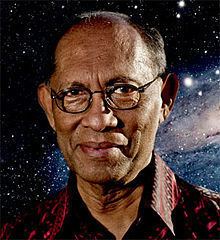
Hoyle and Wickramasinghe have advanced the argument that various outbreaks of illnesses on Earth are of extraterrestrial origins, including the 1918 flu pandemic and certain outbreaks of polio and mad cow disease. For the 1918 flu pandemic they hypothesised that cometary dust brought the virus to Earth simultaneously at multiple locations—a view almost universally dismissed by external experts on this pandemic. Claims connecting terrestrial disease and extraterrestrial pathogens have been rejected by the scientific community.
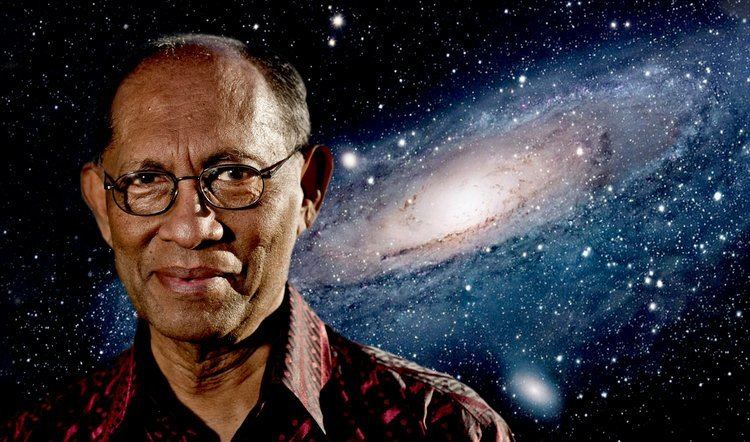
Wickramasinghe has written more than 30 books about astrophysics and related topics; he has made appearances on radio, television and film, and he writes online blogs and articles. He has appeared on BBC Horizon, UK Channel 5 and the History Channel. He appeared on the 2013 Discovery Channel program "Red Rain". He has an association with Daisaku Ikeda, president of the Buddhist sect Soka Gakkai International, that led to the publication of a dialogue with him, first in Japanese and later in English, on the topic of Space and Eternal Life.
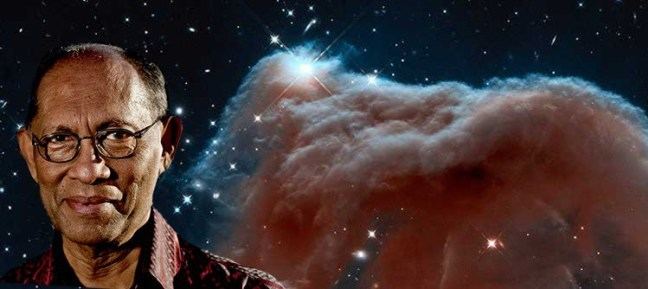
Ada Derana Sri Lankan of the Year 2017 - Global Scientist - Prof. Chandra Wickramasinghe
Education and career
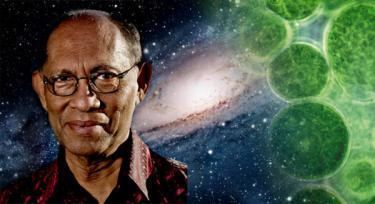
Wickramasinghe studied at Royal College, Colombo, the University of Ceylon (where he graduated in 1960 with a BSc First Class Honours in mathematics), and at Trinity College and Jesus College, Cambridge, where he obtained his PhD and ScD degrees. Following his education, Wickramasinghe was a Fellow of Jesus College, Cambridge from 1963 to 1973, until he became professor of applied mathematics and astronomy at University College Cardiff. Wickramasinghe was a consultant and advisor to the President of Sri Lanka from 1982 to 1984, and played a key role in founding the Institute of Fundamental Studies in Sri Lanka.
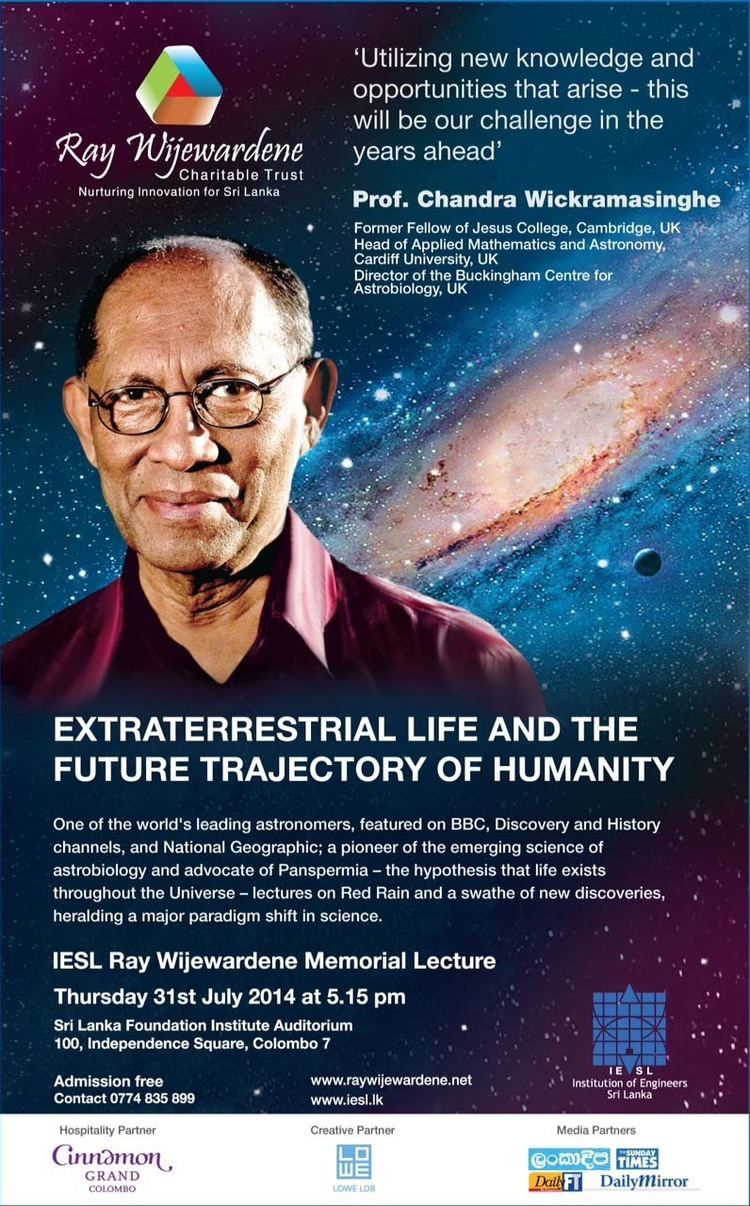
After fifteen years at University College Cardiff, Wickramasinghe took an equivalent position in the University of Cardiff, a post he held from 1990 until 2006. After retirement in 2006, he incubated the Cardiff Center for Astrobiology as a special project reporting to the President of the University. In 2011 the project closed down, losing its funding in a series of UK educational cut backs. After this event, Wickramasinghe was offered the opportunity to move to the University of Buckingham as Director of the Buckingham Centre for Astrobiology, University of Buckingham where he has been since 2011. He maintains his part-time position as a UK Professor at Cardiff University. In 2015 he was elected Visiting scholar, Churchill College, Cambridge, England 2015/16.
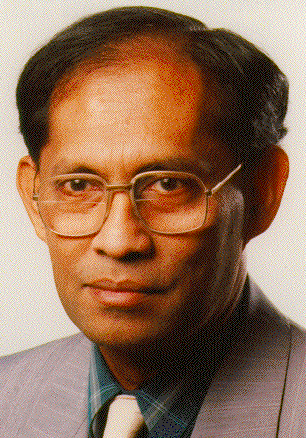
He is a co-founder and Board member of the Institute for the Study of Panspermia and Astroeconomics, set up in Japan in 2014, He was a Visiting By-Fellow, Churchill College, Cambridge, England 2015/16; Professor and Director of the Buckingham Centre for Astrobiology at the University of Buckingham, a post he has held since 2011; Affiliated Visiting Professor, University of Peradeniya, Sri Lanka; and a Board Member and Research Director at the Institute for the Study of Panspermia and Astroeconomics, Ogaki-City, Gifu, Japan.
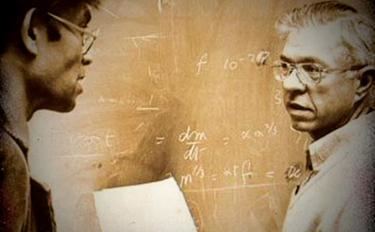
In 2017, Professor Chandra Wickramasinghe was appointed Adjunct Professor in the Department of Physics, University of Ruhuna, Matara, Sri Lanka.
Research
In 1960 he commenced work in Cambridge on his PhD degree under the supervision of the late Sir Fred Hoyle, and published his first scientific paper "On Graphite Particles as Interstellar Grains” in Monthly Notices of the Royal Astronomical Society in 1962. He was awarded a PhD degree in Mathematics in 1963 and was elected a Fellow of Jesus College Cambridge in the same year. In the following year he was appointed a Staff Member of the Institute of Astronomy, Cambridge. Here he continued to work on the nature of interstellar dust, publishing many papers in this field, that led to a consideration of carbon-containing grains as well as the older silicate models.
Wickramasinghe published the first definitive book on Interstellar Grains in 1967. He has made many contributions to this field, publishing over 350 papers in peer-reviewed journals, over 75 of which are in Nature. Hoyle and Wickramasinghe further proposed a radical kind of panspermia that included the claim that extraterrestrial life forms enter the Earth's atmosphere and were possibly responsible for epidemic outbreaks, new diseases, and genetic novelty that Hoyle and Wickramasinghe contended was necessary for macroevolution.
Chandra Wickramasinghe had the longest-running collaboration with Fred Hoyle. Their publications on books and papers arguing for panspermia and a cosmic hypothesis of life are controversial and, in particular detail, essentially contra the scientific consensus in both astrophysics and biology. Several claims made by Hoyle and Wickramasinghe between 1977 and 1981, such as a report of having detected interstellar cellulose, were criticised by one author as pseudoscience. Summarising his career, Wickramasinghe stated:
My most significant astronomical contribution was to develop the theory of organic grains in comets and in the interstellar medium. This was done during the 1970s and 1980s, and it is now accepted by everyone almost without remembering its origins! I feel I also played a part in the birth of the science of astrobiology.
Organic molecules in space
In 1974 Wickramasinghe first proposed the hypothesis that some dust in interstellar space was largely organic, and followed this up with other Nature papers confirming the hypothesis. Wickramasinghe also proposed and confirmed the existence of polymeric compounds based on the molecule formaldehyde (H2CO). Fred Hoyle and Wickramasinghe later proposed the identification of bicyclic aromatic compounds from an analysis of the ultraviolet extinction absorption at 2175A., thus demonstrating the existence of polycyclic aromatic hydrocarbon molecules in space.
Hoyle–Wickramasinghe model of panspermia
Throughout his career, Wickramasinghe, along with his collaborator Fred Hoyle, has advanced panspermia, the belief that life on Earth is, at least in part, of extraterrestrial origin. of the Hoyle–Wickramasinghe model of panspermia include the assumptions that dormant viruses and desiccated DNA and RNA can survive unprotected in space; that small bodies such as asteroids and comets can protect the "seeds of life", including DNA and RNA, living, fossilized, or dormant life, cellular or non-cellular; and that the collisions of asteroids, comets, and moons have the potential to spread these "seeds of life" throughout an individual star system and then onward to others. The most contentious issue around the Hoyle–Wickramasinghe model of the panspermia hypothesis is the corollary of their first two propositions that viruses and bacteria continue to enter the Earth's atmosphere from space, and are hence responsible for many major epidemics throughout history.
Towards the end of their collaboration, Wickramasinghe and Hoyle hypothesised that abiogenesis occurred close to the Galactic Center before panspermia carried life throughout that galaxy, and stated a belief that such a process could occur in many galaxies throughout the Universe.. The AGBA researcher Piyavi Wijewardene also vindicated Wickramasinghe and Hoyle theory in a news article .
Although scientists in North America, Europe and Russia are now testing many aspects of panspermia,
Detection of living cells in the stratosphere
On 20 January 2001 the Indian Space Research Organisation (ISRO) conducted a balloon flight from Hyderabad, India to collect stratospheric dust from a height of 41 km (135,000 ft) with a view to testing for the presence of living cells. The collaborators on this project included a team of UK scientists led by Wickramasinghe. In a paper presented at a SPIE conference in San Diego in 2002 the detection of evidence for viable microorganisms from 41 km above the Earth's surface was presented. However, the experiment did not present evidence as to whether the findings are incoming microbes from space rather than microbes carried up to 41 km from the surface of the Earth.
In 2005 the ISRO group carried out a second stratospheric sampling experiment from 41 km altitude and reported the isolation of three new species of bacteria including one that they named Janibacter hoylei sp.nov. in honour of Fred Hoyle. However, these facts do not prove that bacteria on Earth originated in the cosmic environment. Samplings of the stratosphere have also been carried out by Yang et al. (2005, 2009). During the experiment strains of highly radiation-resistant Deinococcus bacterium were detected at heights up to 35 km. Nevertheless, these authors have abstained from linking these discoveries to panspermia. Wickramasinghe was also involved in coordinating analyses of the red rain in Kerala in collaborations with Godfrey Louis.
Extraterrestrial pathogens
Hoyle and Wickramasinghe have advanced the argument that various outbreaks of illnesses on Earth are of extraterrestrial origins, including the 1918 flu pandemic and certain outbreaks of polio and mad cow disease. For the 1918 flu pandemic they hypothesised that cometary dust brought the virus to Earth simultaneously at multiple locations—a view almost universally dismissed by external experts on this pandemic.
On 24 May 2003 The Lancet published a letter from Wickramasinghe, jointly signed by Milton Wainwright and Jayant Narlikar, in which they hypothesised that the virus that causes severe acute respiratory syndrome (SARS) could be extraterrestrial in origin instead of originating from chickens. The Lancet subsequently published three responses to this letter, showing that the hypothesis was not evidence-based, and casting doubts on the quality of the experiments referenced by Wickramasinghe in his letter. Claims connecting terrestrial disease and extraterrestrial pathogens have been rejected by the scientific community.
Polonnaruwa
On 29 December 2012 a green fireball was observed in Polonnaruwa Province, Sri Lanka. It disintegrated into fragments that fell to the Earth near the villages of Aralaganwila and Dimbulagala and in a rice field near Dalukkane. Rock samples were submitted to the Medical Research Institute of the Ministry of Health in Colombo.
The rocks were sent to the University of Cardiff in Wales for analysis, where Chandra Wickramasinghe's team analyzed them and claimed that they contained extraterrestrial diatoms. From January to March 2013, five papers were published in the fringe Journal of Cosmology outlining various results from teams in the United Kingdom, United States and Germany. However, independent experts in meteoritics stated that the object analyzed by Wickramasinghe's team was of terrestrial origin, a fulgurite created by lightning strikes on Earth. Experts in diatoms complemented the statement, saying that the organisms found in the rock represented a wide range of extant terrestrial taxa, confirming their earthly origin.
Wickramasinghe and collaborators responded, using X-ray diffraction, oxygen isotope analysis, and scanning electron microscope observations, in a March 2013 paper asserting that the rocks they found were indeed meteorites, instead of being created by lightning strikes on Earth as stated by scientists from the University of Peradeniya.
Participation in the creation-evolution debate
Wickramasinghe and his mentor Fred Hoyle have also used their data to argue in favor of cosmic ancestry, and against the idea of life emerging from inanimate objects by abiogenesis.
Wickramasinghe attempts to present scientific evidence to support the notion of cosmic ancestry and "the possibility of high intelligence in the Universe and of many increasing levels of intelligence converging toward a God as an ideal limit."
During the 1981 scientific creationist trial in Arkansas, Wickramasinghe was the only scientist testifying for the defense, which in turn was supporting creationism. In addition, he wrote that the Archaeopteryx fossil finding is a forgery, a charge that the expert scientific community considers an "absurd" and "ignorant" statement.
